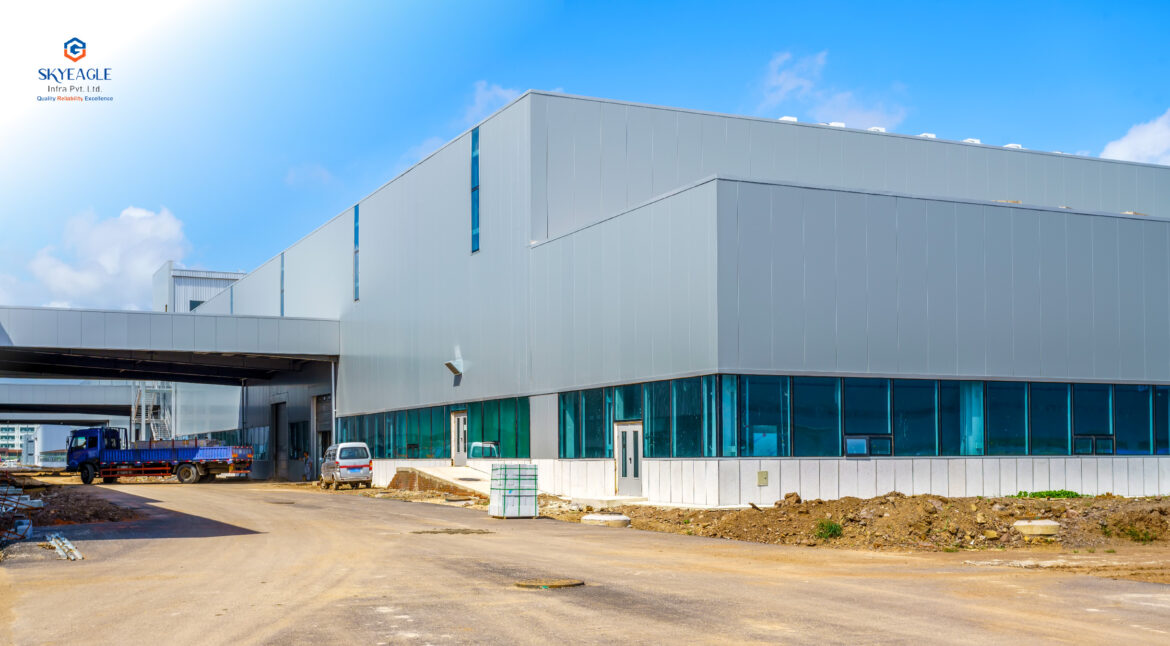Cost Efficiency in Industrial Turnkey Projects: Strategies and Best Practices
Turnkey projects are all the rage for tackling complicated projects, especially in fields such as construction. A single contractor takes care of everything from design to finish and then handover a fully running facility to the client. Turnkey projects can help you to save money by eliminating the need for several contractors and providers. This lowers project expenses and eliminates the chance of delays, which can affect the cost.
Strategies for Cost Efficiency
- Accurate budgeting is essential for avoiding expense overruns. During this, turnkey contractor works closely with client to develop a budget that is realistic and encompasses all projects’ expenses, including design, materials and etc.
- Value engineering encourages the replacement of costly materials and techniques with less costly ones without compromising functionality.
- The kind of material you pick also affects stuff like how well it conducts heat and electricity, how strong it is, its density, and how it reacts to the environment.
Best Practices in Turnkey Project Management
- Integrated project management tools for streamlined processes.
- ClientVenue
- Basecamp
- Trello
- Scope creep happens when client throws in extra requirements, tasks, or deliverables that weren’t part of the plan. Collaboration with stakeholders can help you get things done faster by tapping into their skills, knowledge, and abilities that can boost workflow.
- Effective communication is critical for building relationships in the workplace. Strong connections contribute to the success and efficiency of organizations, but there are obstacles that hinder effective communication.
G Skyeagle Infra’s Approach to Cost-efficient Turnkey Projects
- Case studies:
1 . I3PL India Pvt. Ltd.
2. GK Industries - Technologies used by G Skyeagle Infra:
1. Building Information Modeling (BIM)
2. 3D Printing
3. IoT (Internet of Things)
Monitoring and Controlling Costs
- Project auditing refers to the thorough examination of various aspects of a project. This includes its management, methodology, techniques, procedures, properties, budgets, expenses, and overall level of completion.
- Risk management strategies to prevent budget overruns.
1. Resource optimization
2. Renegotiating contracts
3. Effective communication and transparent decision-making
Conclusion
Cost efficiencies are all about finding ways to cut down on what it costs to make a product or get something done, but without skimping on quality. We focus on taking care of everything in project management, starting from your idea all the way to setting up fully running facilities.



